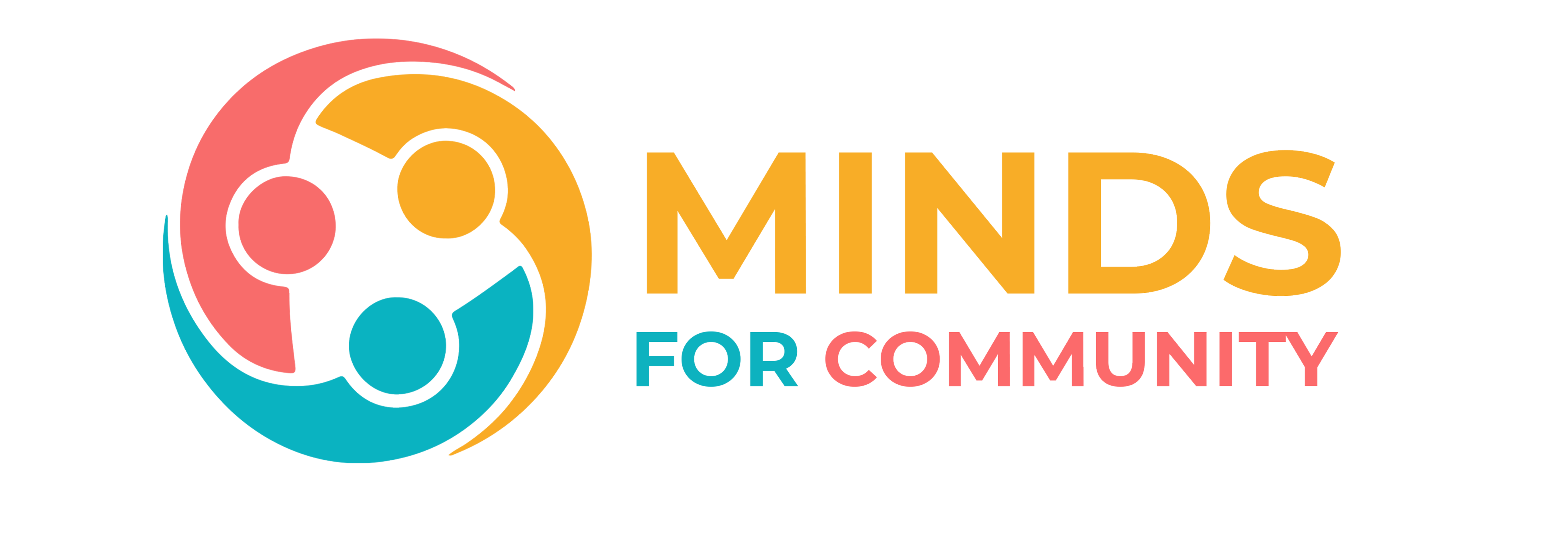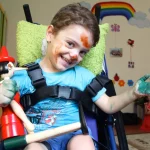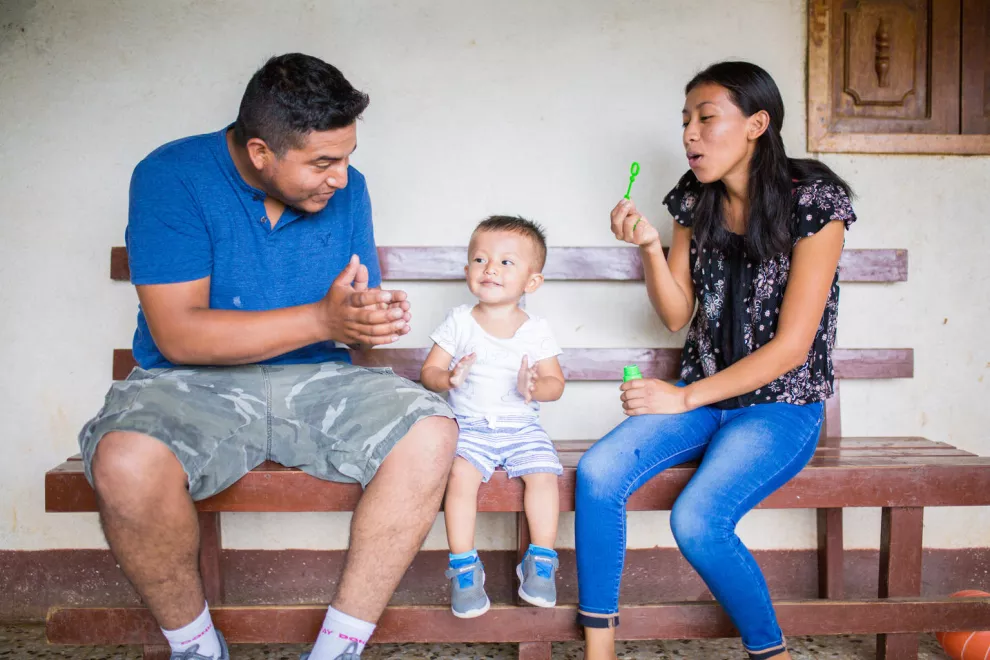In the first 1,000 days of life (first 3 years), your child’s brain develops faster than at any other time. Even more incredible is that before young children can even talk, you can help with that brain building.
How? Through serve and return!
What is serve and return?
Serve and return is a series of back and forth interactions between a child and parent or primary caregiver, where an adult responds lovingly and appropriately to a baby or toddler’s noises and gestures. Think of it as a game of ping-pong: it’s all about the back and forth — and having fun!
The most important part is showing your child that you care, and reacting to their needs, emotions and things that excite them in a way that demonstrates that you are paying attention to them.
How do I practice serve and return with my child?
Building your baby’s brain does not need to be complicated and better yet, it can be built into every day routines and moments. Any moment with your baby can turn into a playful opportunity to learn!
Here are some easy ways you can start incorporating serve and return into your everyday interactions with your little one.
The ‘name game’
Add some fun to your morning routine! Dressing your child is a great opportunity to help them make important language connections. As you observe their interest in each article of clothing you put on, give them names. For example, as you hold up their shirt, say “yes, this is your shirt!” You can take it a step further by teaching them details about it: “What colour is this shirt? This is a blue shirt!”
Food time fun!
Explore your kitchen with your child – it’s full of exciting sights, colours, shapes and smells for your baby to explore. Support and encourage your child’s curiosity by paying close attention to what your child is looking at, interested in and reacting to. For example, if you notice your baby staring at a banana, pick it up and bring it closer to them while teaching them about what it is, what it feels like, what colour it is. Acknowledging your baby’s interests will help them to feel understood and cared for.
Bath time play
Grab some bath toys or a ball and get ready to play! Let your baby pick the toy that grabs their interest first. Play with them back and forth, and when they’re ready to move to the next toy make a point to acknowledge the end of their time with the first toy by saying “all finished!” Toddlers may be readier than infants to lead playful moments that adults can then follow. Making connections to endings and beginnings, sharing in their focus and letting them take the lead will help them feel supported in their learning and exploring.





